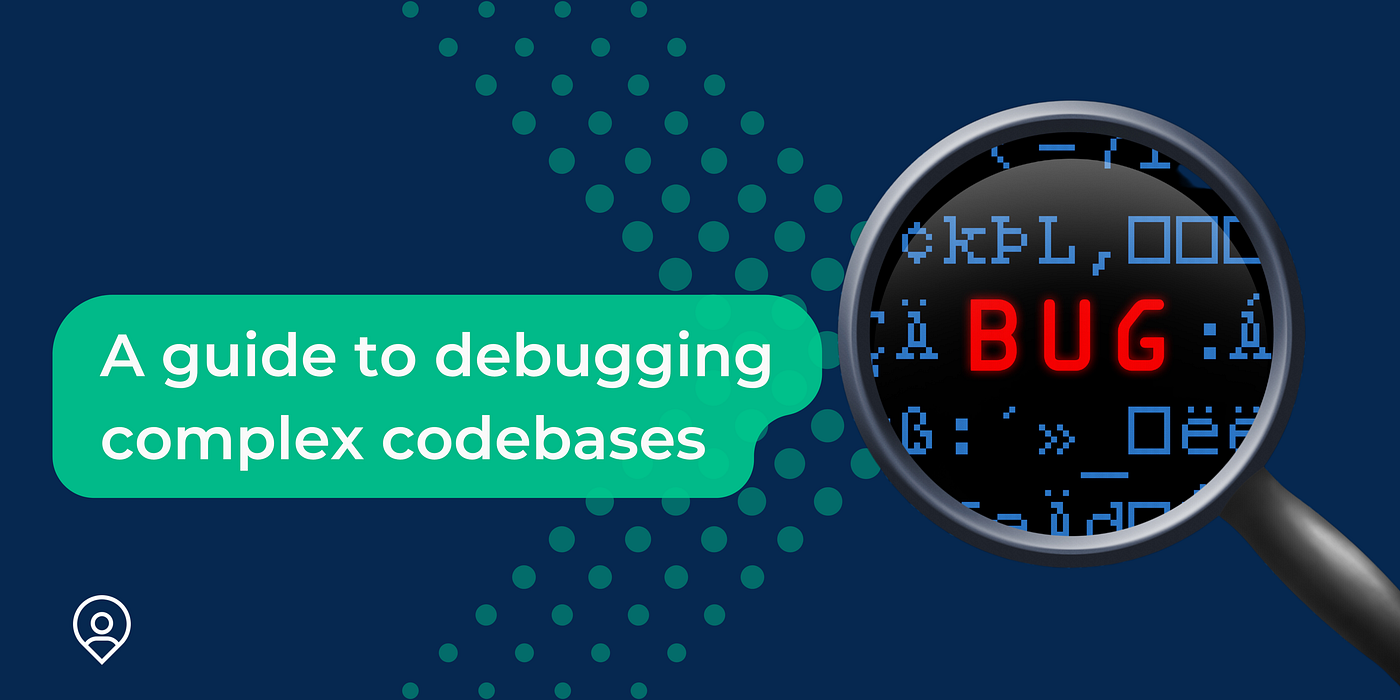How to Debug Code and Fix Errors Like a Pro
Debugging is an essential skill for any developer. It’s more than just fixing errors — it’s about understanding your code, tracking down problems, and applying solutions efficiently. Here’s a pro-level guide to debugging code and fixing errors like a pro:
🚦 1. Understand the Error
🔍 Start with the Error Message
- Read the full error message – Don’t just look at the first line.
- Identify:
-
-
Type of error (e.g.,
SyntaxError,TypeError,NullReferenceException) -
Location (file and line number)
-
Call stack (if available) to trace back the execution path
-
Example (Python):
Traceback (most recent call last):
File "main.py", line 3, in <module>
print(my_list[5])
IndexError: list index out of range
This tells you exactly what’s wrong and where.
🔁 2. Reproduce the Error Consistently
-
Make sure the error happens every time under the same conditions.
-
Understand what inputs or actions cause the bug.
-
Try to isolate the problem to a smaller section of the code.
✅ If you can’t reproduce it, you can’t fix it.
🧩 3. Use Debugging Tools
🧠 Use a Debugger
Most IDEs (like VS Code, PyCharm, Visual Studio, etc.) come with built-in debuggers that let you:
- Set breakpoints
- Step through code line by line
- Watch variable values in real time
- View the call stack
💡 Use Print/Log Statements
If you don’t have a debugger, insert print() or console.log() (or logger.debug()) to check:
- Variable values
- Function calls
- Program flow
Tip: Comment out or remove debug logs after fixing the issue.
🧼 4. Simplify the Problem
- Comment out or remove unnecessary code
- Write a small test case that only triggers the bug
- Check recent changes — bugs often hide in the last thing you touched
✅ The simpler the problem, the easier the fix.
🔄 5. Check Common Error Sources
✅ Syntax Issues
- Missing semicolons, parentheses, or indentation errors
✅ Typos
- Wrong variable names or wrong method calls
✅ Off-by-One Errors
- Loops or array indexes going one step too far or too short
✅ Null or Undefined
- Using variables that haven’t been assigned yet
✅ Logical Errors
- The program runs but gives the wrong output due to faulty logic
🧠 6. Rubber Duck Debugging
Rubber Duck Debugging: Explain your code out loud (or to a rubber duck). This forces you to think step-by-step and often reveals the bug.
You can do this with:
- A teammate
- A friend
- Or even just yourself
🔧 7. Use Version Control to Track Changes
If you use Git:
- Run
git diffto see what was recently changed - Use
git bisectto find the commit that introduced the bug - Revert or test older versions of your code
🚀 8. Test the Fix Thoroughly
- Re-run your program in multiple scenarios
- Write unit tests to catch the same bug in the future
- Don’t just test the “happy path” — try edge cases too
⚡ 9. Use Online Resources
Use resources like:
- Stack Overflow (read, don’t just post)
- GitHub Issues (for third-party packages)
- AI tools like ChatGPT (like now 🙂)
🛠️ 10. Practice Makes Perfect
You’ll get better at debugging by:
- Reading code (yours and others’)
- Writing testable and modular code
- Making a habit of writing clear, understandable logic
🧭 Summary: Debugging Like a Pro
| Step | What to Do |
|---|---|
| 1. Understand | Read the error and traceback |
| 2. Reproduce | Trigger the error repeatedly |
| 3. Use Tools | Use debugger, logs, print statements |
| 4. Simplify | Reduce the problem scope |
| 5. Check Common Pitfalls | Look for typos, nulls, logic errors |
| 6. Explain | Talk through the code |
| 7. Use Git | Track changes and test versions |
| 8. Test Fix | Confirm bug is resolved, write tests |
| 9. Ask & Learn | Don’t be afraid to research |
| 10. Practice | Improve with time and experience |






